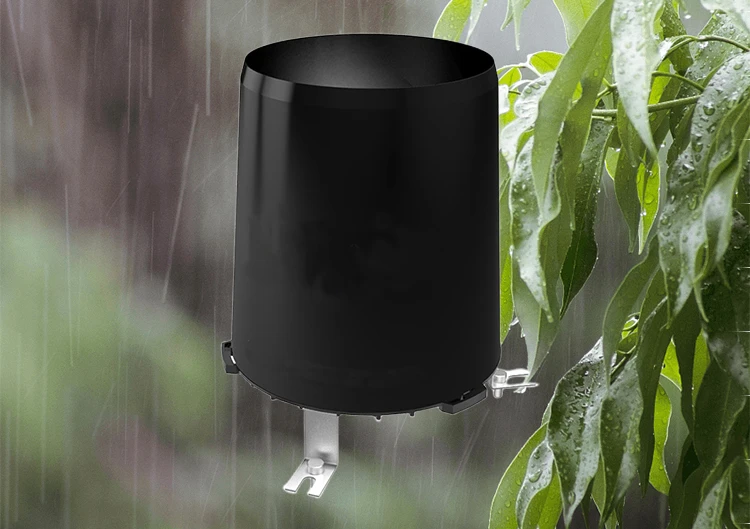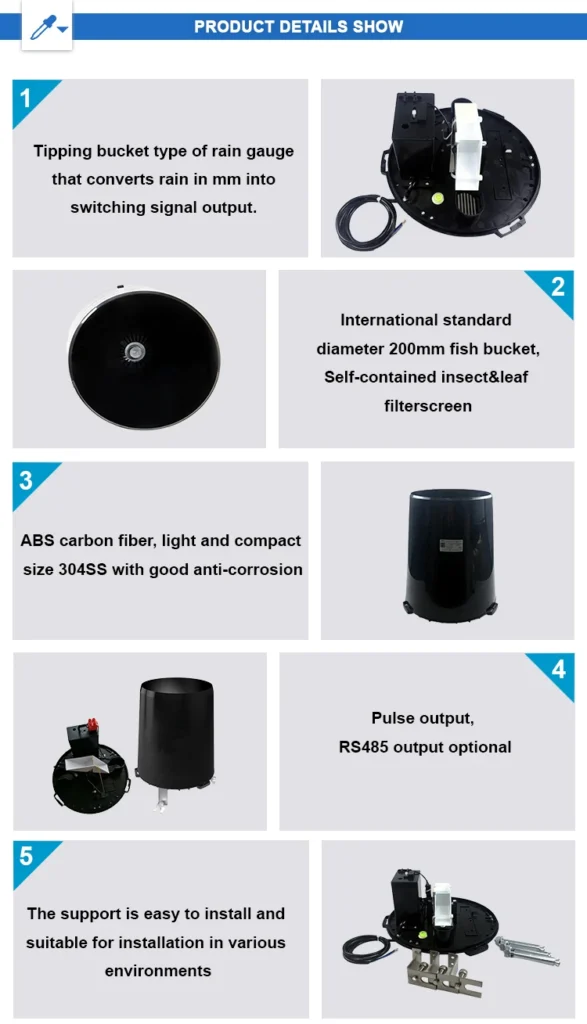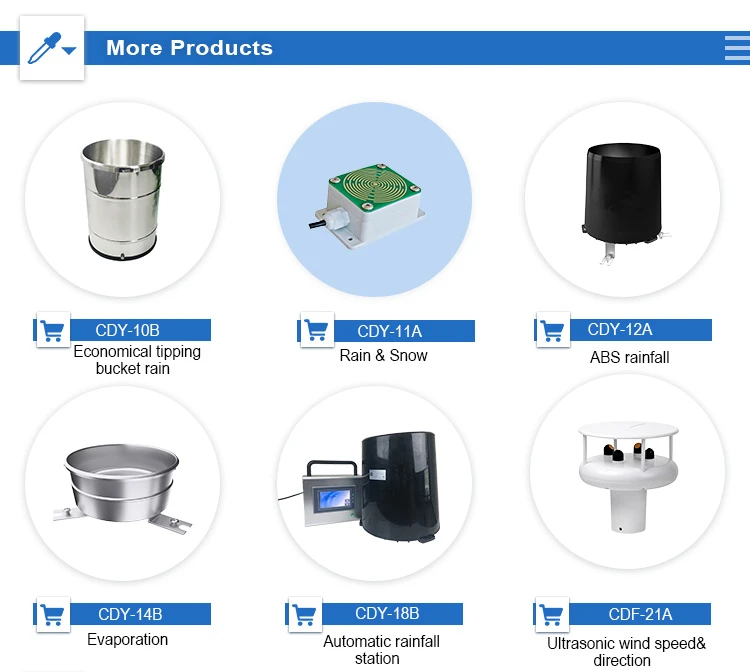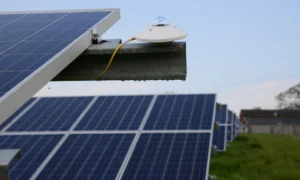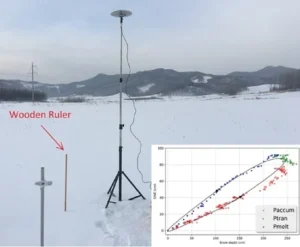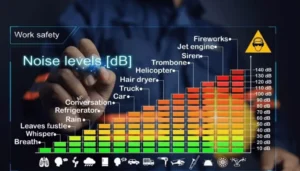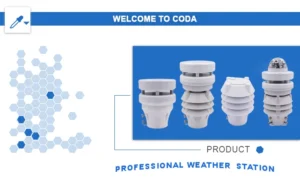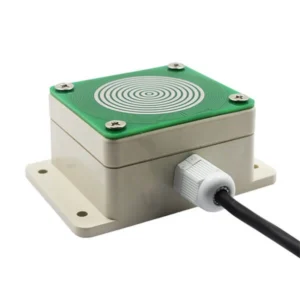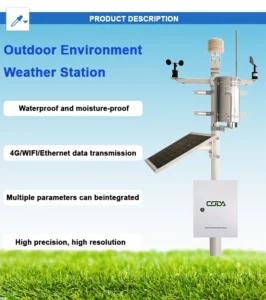Tipping Bucket Rain Gauge Price
Rainfall measurement are essential instruments for measuring rainfall.Tipping bucket rain gauge price can vary significantly depending on several factors.
Factors Affecting Tipping Bucket Rain Gauge Price
Accuracy and Precision: High – accuracy rain gauges with precise tipping mechanisms tend to be more expensive. Sellers often price models that are accurate to ±0.2 mm or better higher than less accurate models. This is because they require more advanced manufacturing techniques and quality control to ensure reliable and consistent measurements.
Capacity and Size: Larger rain gauges with a greater capacity to collect rainwater are generally more costly. A standard tipping bucket rain gauge can hold about 8 inches of rain. Manufacturers create larger models for extreme weather or special uses. These models can be more expensive because they need more materials and engineering.
Rain gauges with built-in data logging and connection options cost more. These gauges can connect to other devices or systems using Wi-Fi, Bluetooth, or a wired connection. These features allow for remote monitoring and easy data transfer, which is valuable for applications like weather forecasting, hydrological research, and irrigation management.
Brand and Quality: Well – known and reputable brands often charge a premium for their tipping bucket rain gauges. This is because they have a track record of producing high – quality instruments that are durable and reliable. Brands that invest in research and development tend to have higher prices. They also use quality materials. Additionally, they offer excellent customer support.
Price Range
You can find basic tipping bucket rainfall measurement without advanced features in the price range of $50 to $200. These are suitable for amateur meteorologists, hobbyists, or those who need a simple rain – measuring device for general use. They typically have a moderate level of accuracy and may not have data – logging or connectivity options.
Mid-Range Models: Rain gauges that are more accurate and have data-logging features usually cost between $200 and $500. They may also last longer. People commonly use these in small-scale weather stations, agricultural settings, and for some basic scientific research.
Researchers use high-end professional rain gauges for weather and water studies. They can cost $500 or more. Some high-end models have advanced data-logging systems, wireless connections, and better durability. They can even cost over $1000.
Comparison Shopping
When looking to purchase a tipping bucket rain gauge, it’s important to compare different models and brands. Look for reviews and testimonials from other users to get an idea of the product’s performance and reliability. Consider your specific needs and budget to determine which rain gauge offers the best value for your money. Also, look for any extra accessories or services that come with the rain gauge. This includes calibration tools, software, or warranties. These can affect the overall cost-effectiveness.
In conclusion, the price of a tipping bucket rain gauge depends on many factors. Choosing the right one depends on how you plan to use it and how accurate you need it to be. By knowing these factors and doing some research, you can choose a rain gauge that fits your needs without overspending.
